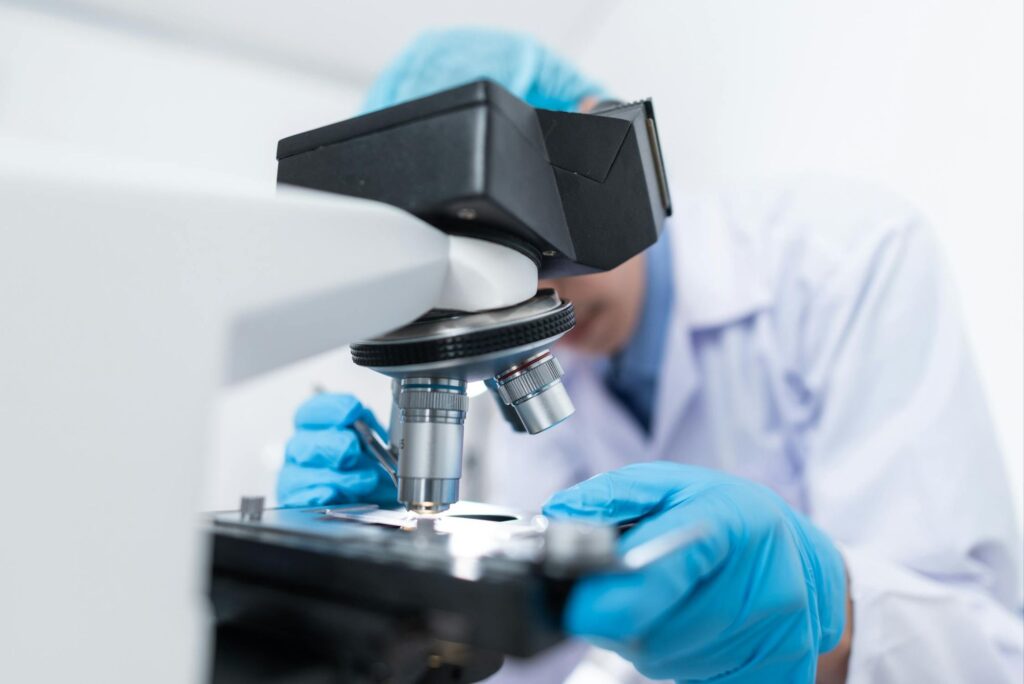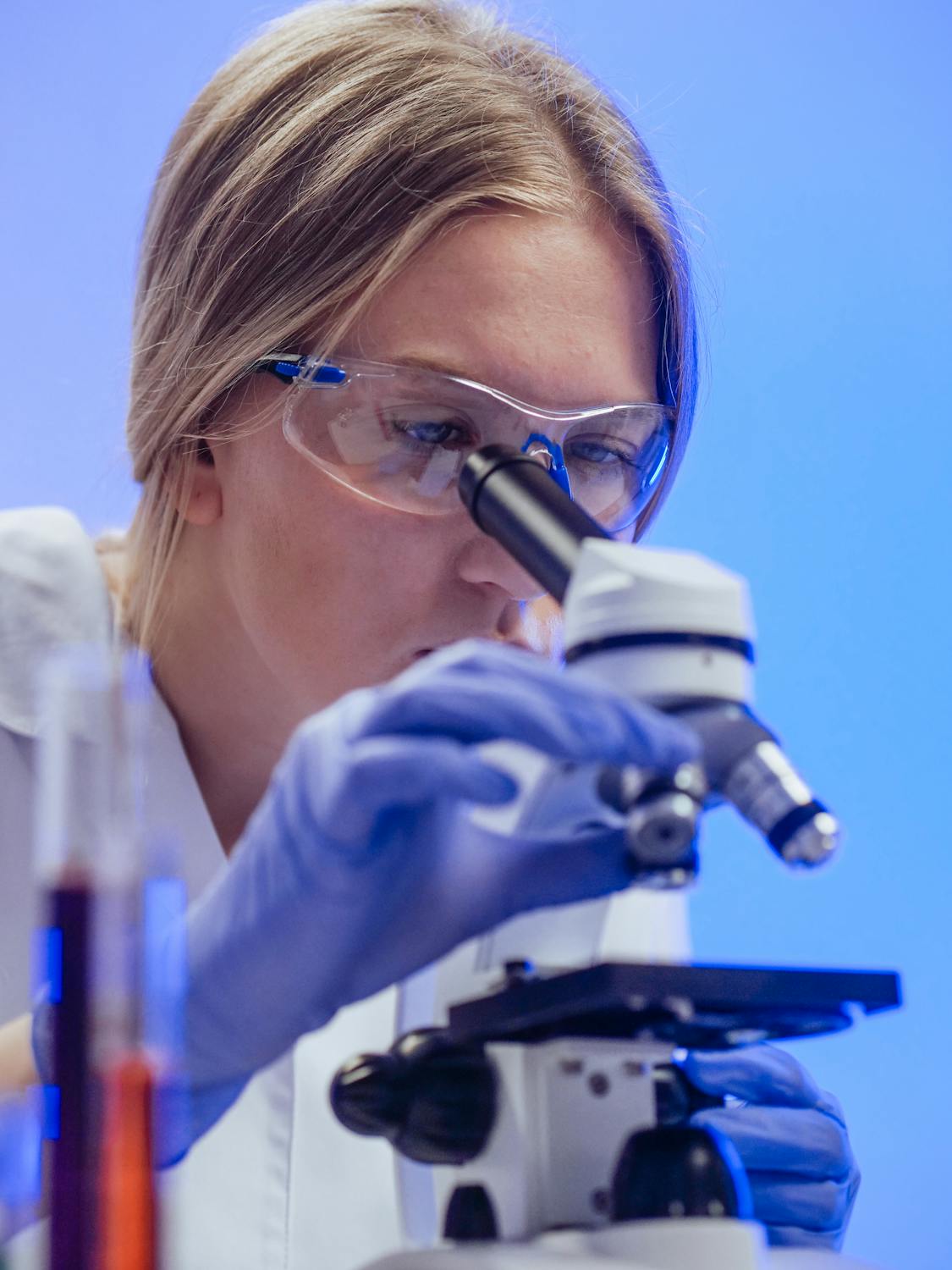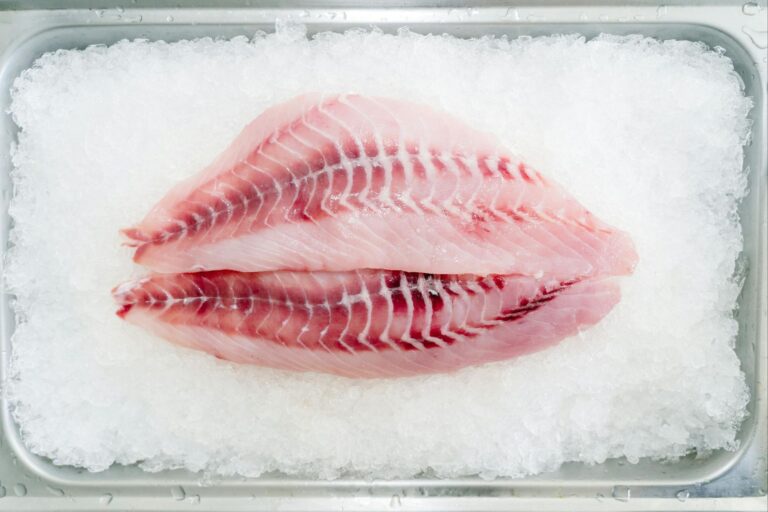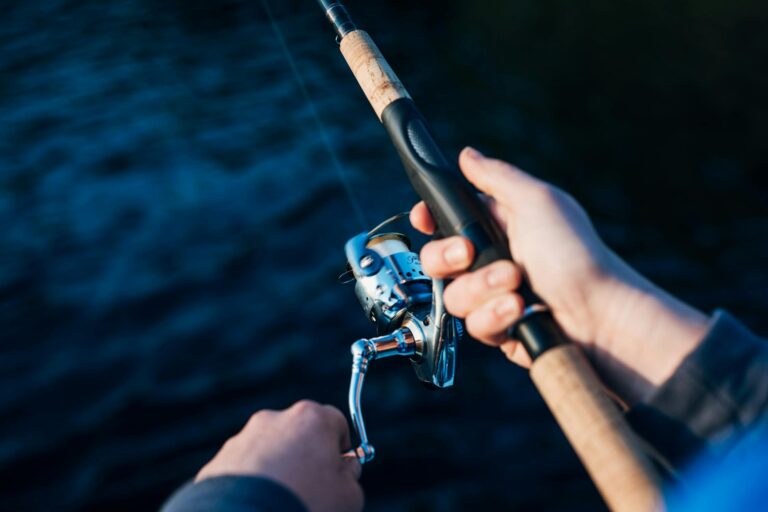Ensuring Safe Fish Consumption: How Massachusetts Determines the Safety of Ponds and Lakes

Please visit the official Massachusetts website for more information regarding the Fish Consumption Advisories.
Massachusetts is home to numerous ponds and lakes, many of which are prized for their recreational and fishing opportunities. However, before casting a line or enjoying a catch, it’s essential to determine whether the fish are safe to eat. Here, we’ll explore how Massachusetts evaluates the safety of fish from its ponds and lakes and the measures in place to protect public health.
- Water Quality Assessment:
The first step in determining the safety of fish in Massachusetts ponds and lakes is assessing the water quality. State agencies, such as the Massachusetts Department of Environmental Protection (MassDEP) and the Massachusetts Division of Fisheries and Wildlife (MassWildlife), regularly monitor and test water bodies for pollutants, including heavy metals, pesticides, and contaminants from various sources. - Fish Tissue Sampling:
To evaluate the safety of fish for consumption, officials collect fish tissue samples from different water bodies. These samples are analyzed for the presence of harmful substances, including mercury, polychlorinated biphenyls (PCBs), and other contaminants that can accumulate in fish over time. - Advisory Development:
Once the data from water quality assessments and fish tissue sampling are collected and analyzed, state agencies work together to develop consumption advisories. These advisories provide guidelines to inform the public about which fish from specific water bodies are safe to eat and in what quantities. - Mercury Levels:
Mercury is one of the primary contaminants of concern in fish. Massachusetts establishes specific mercury guidelines for different fish species based on their size, age, and habitat. These guidelines help determine which fish are safe to eat and how often. - Communication:
Massachusetts disseminates fish consumption advisories through various channels, including websites, brochures, and outreach to local fishing communities. The information is regularly updated to reflect any changes in water quality or contaminant levels. - Catch-and-Release Programs:
In some cases, when a water body is found to have elevated contaminant levels that may pose health risks, catch-and-release programs are encouraged. These programs allow anglers to enjoy fishing while minimizing their exposure to potentially contaminated fish. - Fishing Guidelines:
To protect public health, Massachusetts provides guidelines on cleaning and cooking fish to reduce contaminant exposure. Properly cleaning and cooking fish can help mitigate the risks associated with consuming certain contaminants. - Ongoing Monitoring:
Massachusetts is committed to the ongoing monitoring of its water bodies. Periodic testing and data collection are crucial to track changes in water quality and contaminant levels over time. This helps ensure that advisories are accurate and up-to-date.
Conclusion:
Massachusetts takes the safety of fish consumption from its ponds and lakes seriously. Through rigorous water quality assessments, fish tissue sampling, advisory development, and active communication with the public, the state works to protect public health and promote safe fishing practices. By following these guidelines and staying informed about the latest advisories, residents and visitors can enjoy the many recreational opportunities that Massachusetts’s ponds and lakes have to offer while safeguarding their health.






